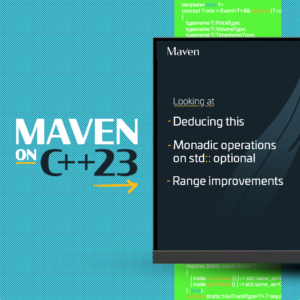Most of our discussions with counterparts over the last few weeks covered the vast, changing nature of opportunities presented in the market.
The backdrop to this has been the geopolitical turbulence adding fuel to the fire of existing inflationary concerns. This helped propel the increasingly hawkish central bank rhetoric and the impact on corporates, sovereigns and the global financial system at large is far from clear.
Our counterparts mentioned the significant deleveraging, which saw some capitulation in the rates space and unwinds of the widely adopted Europe vs US equity outperformance trades. There were many comments about the scope for additional deleveraging from risk-parity funds given the uncomfortable pick up in correlation. However, the equity recovery since 8th March has offered a reprieve for the strategy.
Despite the uncertainty, the one constant has been the relatively upbeat calls with Dispersion traders, whose portfolios have benefited from convulsions in rates, sector rotations in combination with heightened idiosyncraticity and significant earnings moves.
As rates markets continued their recalibrations, most of our counterparts remained cautious, but not overly concerned, at the prospect of prolonged curve inversion in the 2’s/10s (we already see inversion within other segments of the Treasury curve). Views seem to have coalesced around the observation that the tight US labour market would continue to support the economy, meaning the inversion wasn’t necessarily an immediate recessionary indicator, although there is an acceptance that monetary tightening, together with higher input costs, is a headwind for many sectors.
Our counterparts active in equity volatility saw opportunities in steep term structures to formulate forward volatility trades at appealing levels, particularly when sharp spot moves highlighted the skew differentials, we have also seen this trading theme in the banking sector given the concentration of risk. We often hear Relative Value has generally performed well in the volatility space, certainly for funds with a long convexity bias.
The density of put hedges, a legacy from the bond vs equity correlation flip last summer when bonds were no longer perceived to be effective portfolio shock-absorbers, has been cited as an explanation for Equity markets feeling insulated. In the sharp sell-offs, some Asset Managers took the opportunity to ratchet positions. Several of our counterparts felt this added some relative upthrust to spot. Similarly, with the current equity rebound, we again see more hedges implemented, which has supported implied volatility and continues to underpin skew.
We held many discussions around structured products and their suspected contribution, via spot/vol dynamics, to the pronounced market reversals on 24 January and 24 February. They were also seen as contributors to the sharp skew pick-ups and calendar volatility bids, which were evident as markets were eventually pushed/pulled through key peak vega levels, most notably in Asia. Finally, they were seen as integral to the aggressive mark-down/amplified beta in EuroStoxx dividends, which later recovered as quickly as they had sold off; the view from some was that stop-loss orders were being triggered, a reflection of tighter risk management following the discomfort felt from long dividend and/or short gamma dividend positions, back in March 2020.
The overriding sentiments we hear are that equity markets overall are navigating the turbulence well, the worries around commodities-driven margin calls amounted to little, the removal of entities from the SWIFT system hasn’t disturbed flows so much, and the prospect of a Russian default seems to present no systemic risk, at least according to the IMF.
Whilst we hear the phrase “headline fatigue” as part of the reason for the equity recovery, we receive many other explanations, including some degree of relief that higher rates are better than persistent inflation and in any case, real rates are still negative, a belief that the war is being contained, a perceived lack of alternatives, a buoyant market in buybacks and of course the enduring strategy of buying on dips in a market that already seemed insulated to a degree. However, the tone is far from exclusively positive and the tail risks are there for all to see, our current hedging discussions tend to cover put spreads that lean into the heightened equity skew and so reduce both upfront costs and decay.
From here as we head into Q2 our counterparts continue to monitor the expected (whipsawing) quarterly rebalance flows, we have seen some resetting of the Europe vs US outperformance trades and forward volatility in Europe remains firmly on the radar. Whilst there is an emphasis on short-term positioning for a cessation of hostilities, there is also a focus on longer macro plays as rates and geopolitics reshape, all with the spectre of inflation looming large.
In conclusion, the road ahead offers both challenges and opportunities and Maven will be here to support you and provide liquidity to the markets throughout.






